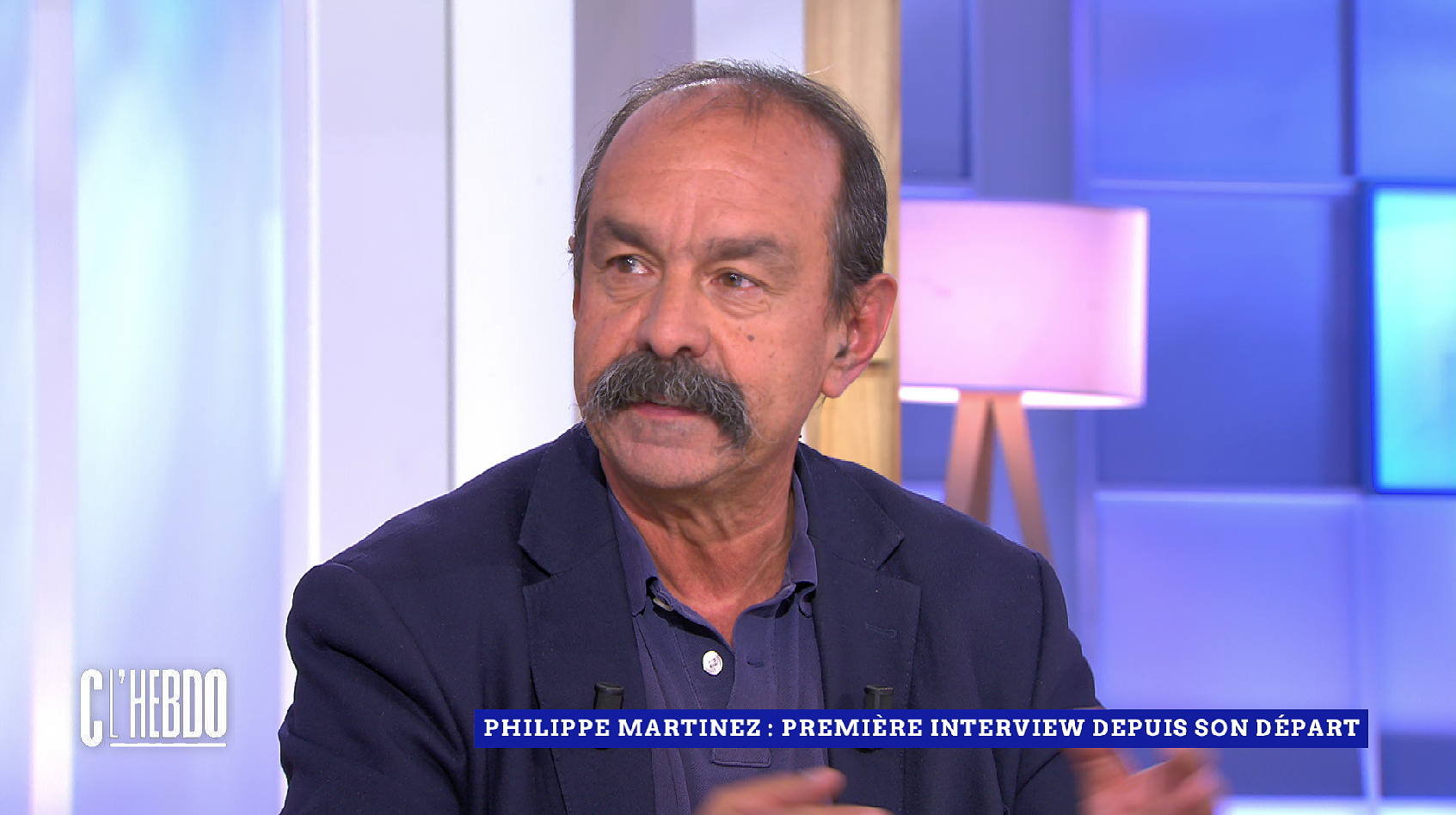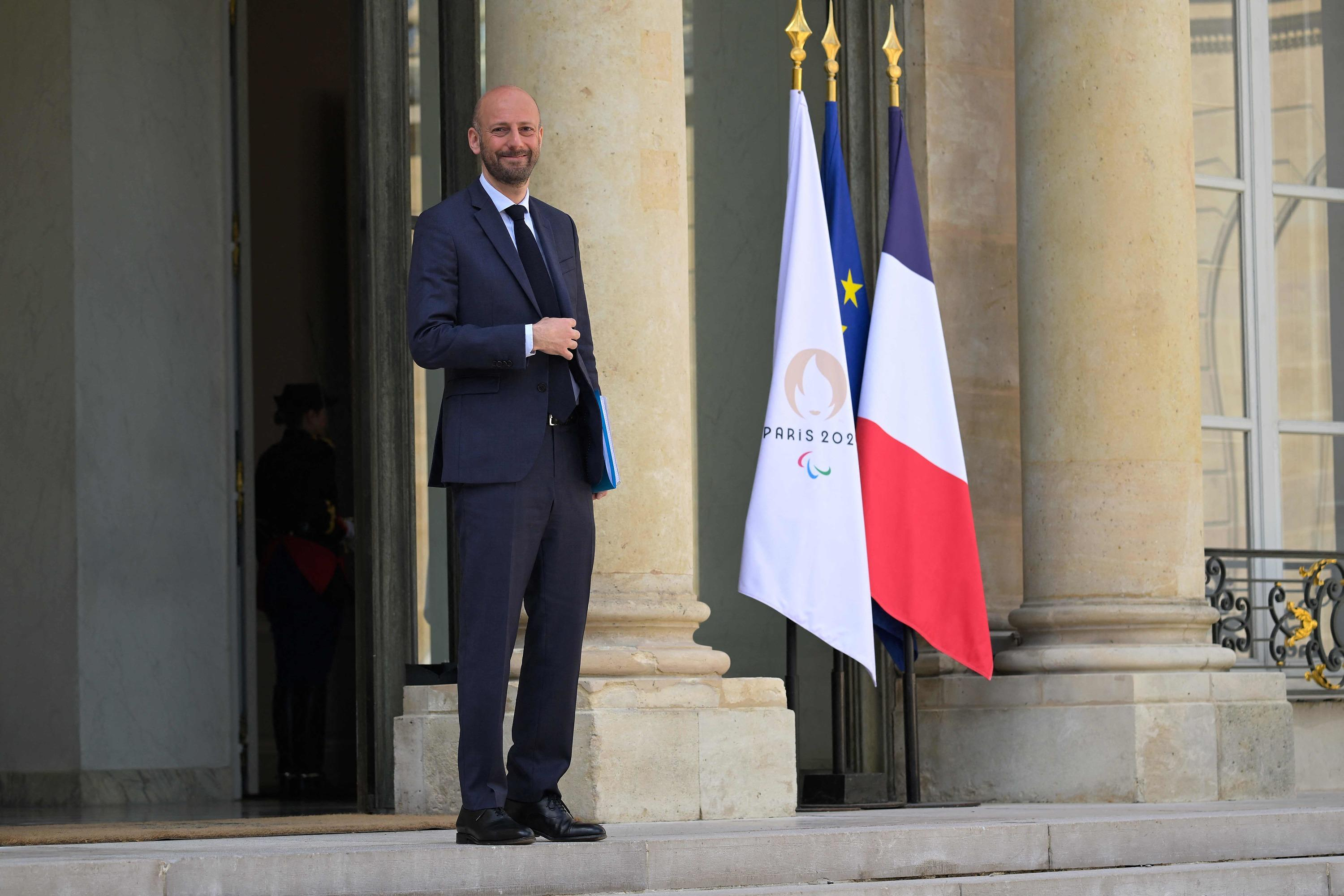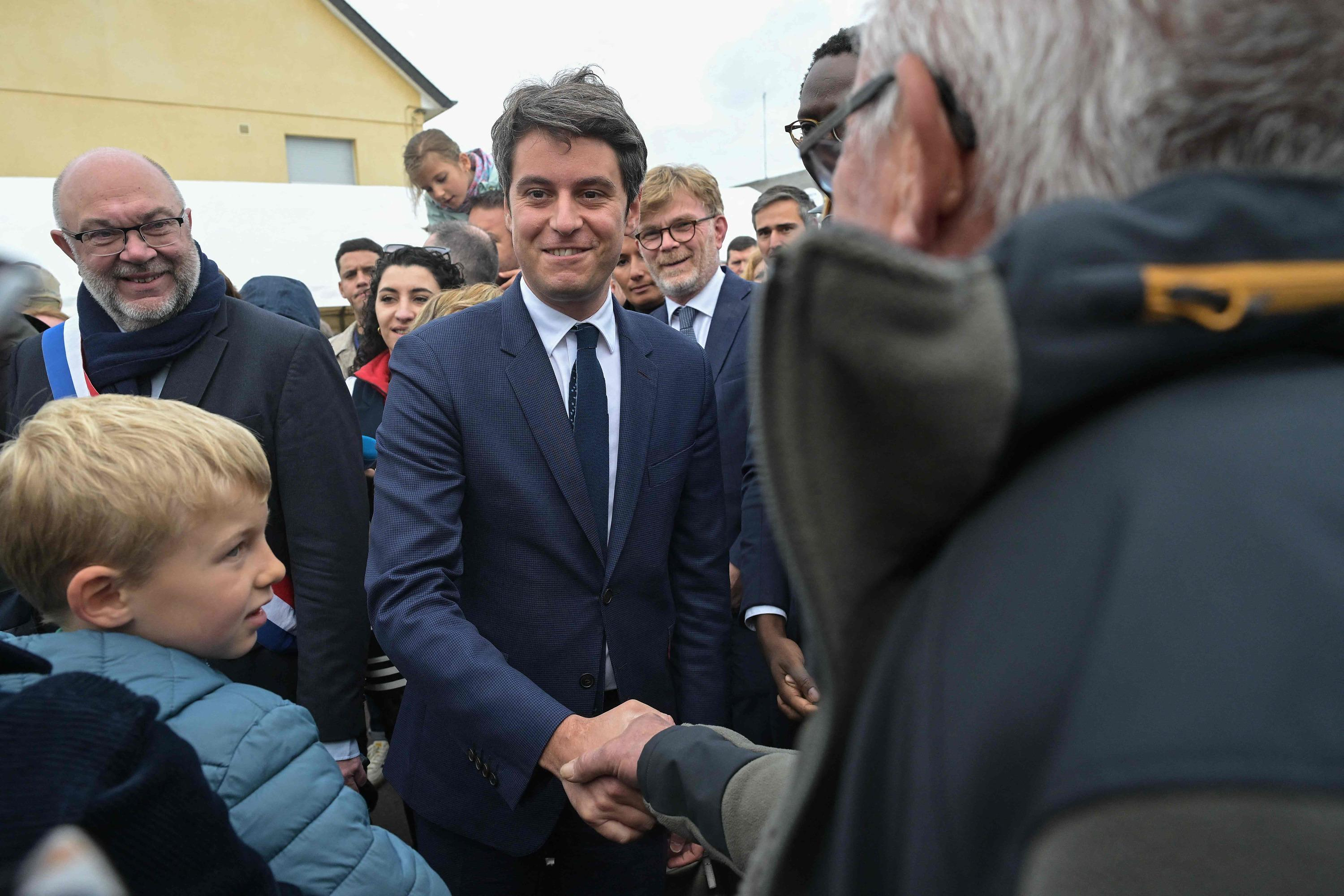We no longer expected it. The Super Mario RPG video game, considered by old-timers as a classic among classics, was finally released in France this Friday, November 17, 2023, almost thirty years after its release! Initially sold on Super Nintendo, an emblematic console of the 16-bit era, Super Mario RPG: Legend of the Seven Stars has just arrived on Nintendo Switch, in a version with a shortened and reworked title, especially from a technical point of view. Gone isometric 2D, and make way for a very cute 3D, worthy of Nintendo productions, which has not betrayed the origins of this hitherto unpublished title in Europe.
Because until now, Super Mario RPG has only been played by American and Japanese players, who were able to try it from the first half of 1996. An exclusivity already considered incomprehensible at the time by many Europeans, so that almost all international media agreed on its quality. Today, the American site specializing in video game news IGN ranks it as the 10th best Super Nintendo game, out of a sample of 100 titles. And in 2009, Official Nintendo magazine considered it the 34th best Nintendo game of all time.
Why did Mario RPG avoid Europe when it was released? First, because the game was initially developed by Square, now Square Enix, and behind several legendary video game sagas, such as Final Fantasy. Shortly after the release of this Super Mario opus, Square turned to Sony and its brand new Playstation. And at the time, the different international versions of each game were not released at the same time - some took months to produce, like those of Mario RPG, whose Japanese edition was released on March 9, 1996, when the The North American edition arrived on May 13, 1996.
But this is only part of the explanation. In reality, Super Mario RPG was far from the usual standards of European players. Super Mario RPG is, as its name suggests, a “Role Playing Game”. True institutions in Japan, but long shunned in Europe, these games have slow and strategic combat systems, and are, above all, particularly talkative. However, translating games from one language to another constituted, at the time, an immense cost for publishers and development studios. There are as many languages in Europe as there are countries. Such translations were not considered profitable, with European audiences considered in the 1990s reluctant to spend their money on a role-playing game. It was also with the release of Final Fantasy VII on Playstation in 1997 that publishers finally considered the European market as viable for role-playing games, the Japanese game having experienced unprecedented success on the Old Continent. .
Another obstacle, television standards. If Japanese and American televisions broadcast at the same image frequency, i.e. 60 Hz, European televisions had the PAL (Phase Alternating Line) standard, with a frequency of “only” 50 Hz. Which implied different game cartridges from one market to another. Cartridges that obviously had to be made. Hence the marketing of Super Mario RPG in Europe 30 years after the rest of the world. Today, European players are more than ever fond of role-playing games, Mario games, and, above all, are no longer dependent on a standard specific to their continent.

 B:SM will break its investment record this year with 62 million euros
B:SM will break its investment record this year with 62 million euros War in Ukraine: when kyiv attacks Russia with inflatable balloons loaded with explosives
War in Ukraine: when kyiv attacks Russia with inflatable balloons loaded with explosives United States: divided on the question of presidential immunity, the Supreme Court offers respite to Trump
United States: divided on the question of presidential immunity, the Supreme Court offers respite to Trump Maurizio Molinari: “the Scurati affair, a European injury”
Maurizio Molinari: “the Scurati affair, a European injury” Irritable bowel syndrome: the effectiveness of low-carbohydrate diets is confirmed
Irritable bowel syndrome: the effectiveness of low-carbohydrate diets is confirmed Beware of the three main sources of poisoning in children
Beware of the three main sources of poisoning in children First three cases of “native” cholera confirmed in Mayotte
First three cases of “native” cholera confirmed in Mayotte Meningitis: compulsory vaccination for babies will be extended in 2025
Meningitis: compulsory vaccination for babies will be extended in 2025 In the United States, a Boeing 767 loses its emergency slide shortly after takeoff
In the United States, a Boeing 767 loses its emergency slide shortly after takeoff The A13 motorway will not reopen on May 1
The A13 motorway will not reopen on May 1 More than 1,500 items for less than 1 euro: the Dutch discounter Action opens a third store in Paris
More than 1,500 items for less than 1 euro: the Dutch discounter Action opens a third store in Paris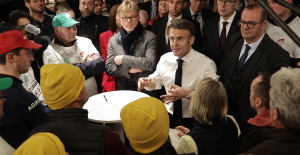 100 million euros in loans, water storage, Ecophyto plan… New measures from the executive towards farmers
100 million euros in loans, water storage, Ecophyto plan… New measures from the executive towards farmers Books poisoned with arsenic present in French libraries
Books poisoned with arsenic present in French libraries New York justice returns 30 works of art looted from Cambodia and Indonesia
New York justice returns 30 works of art looted from Cambodia and Indonesia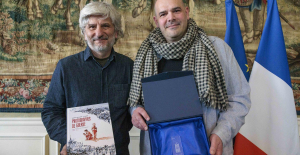 Les Galons de la BD dedicates War Photographers, a virtuoso album on the Spanish War
Les Galons de la BD dedicates War Photographers, a virtuoso album on the Spanish War Theater: Kevin, or the example of an academic failure
Theater: Kevin, or the example of an academic failure Skoda Kodiaq 2024: a 'beast' plug-in hybrid SUV
Skoda Kodiaq 2024: a 'beast' plug-in hybrid SUV Tesla launches a new Model Y with 600 km of autonomy at a "more accessible price"
Tesla launches a new Model Y with 600 km of autonomy at a "more accessible price" The 10 best-selling cars in March 2024 in Spain: sales fall due to Easter
The 10 best-selling cars in March 2024 in Spain: sales fall due to Easter A private jet company buys more than 100 flying cars
A private jet company buys more than 100 flying cars This is how housing prices have changed in Spain in the last decade
This is how housing prices have changed in Spain in the last decade The home mortgage firm drops 10% in January and interest soars to 3.46%
The home mortgage firm drops 10% in January and interest soars to 3.46% The jewel of the Rocío de Nagüeles urbanization: a dream villa in Marbella
The jewel of the Rocío de Nagüeles urbanization: a dream villa in Marbella Rental prices grow by 7.3% in February: where does it go up and where does it go down?
Rental prices grow by 7.3% in February: where does it go up and where does it go down? Even on a mission for NATO, the Charles-de-Gaulle remains under French control, Lecornu responds to Mélenchon
Even on a mission for NATO, the Charles-de-Gaulle remains under French control, Lecornu responds to Mélenchon “Deadly Europe”, “economic decline”, immigration… What to remember from Emmanuel Macron’s speech at the Sorbonne
“Deadly Europe”, “economic decline”, immigration… What to remember from Emmanuel Macron’s speech at the Sorbonne Sale of Biogaran: The Republicans write to Emmanuel Macron
Sale of Biogaran: The Republicans write to Emmanuel Macron Europeans: “All those who claim that we don’t need Europe are liars”, criticizes Bayrou
Europeans: “All those who claim that we don’t need Europe are liars”, criticizes Bayrou These French cities that will boycott the World Cup in Qatar
These French cities that will boycott the World Cup in Qatar PSG: “Immense pride in continuing the adventure in Paris”, relishes Zaire-Emery
PSG: “Immense pride in continuing the adventure in Paris”, relishes Zaire-Emery Breaking: everything you need to know about this sport
Breaking: everything you need to know about this sport NBA: Lakers gain respite, Boston responds to Miami
NBA: Lakers gain respite, Boston responds to Miami Top 14: “a very severe red card”, estimates Labit (French Stadium)
Top 14: “a very severe red card”, estimates Labit (French Stadium)




